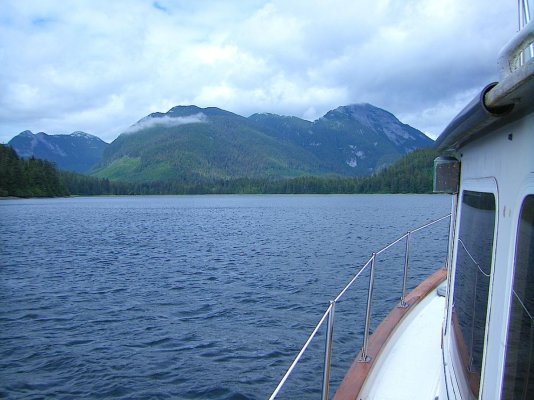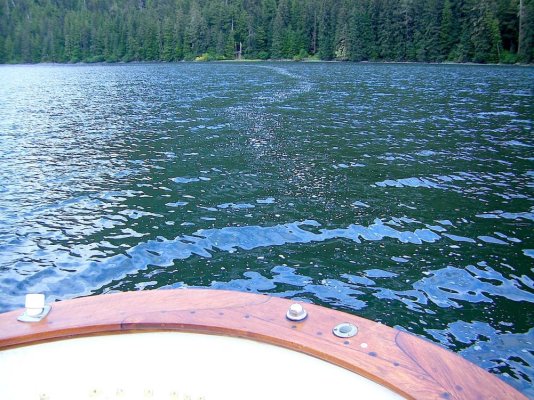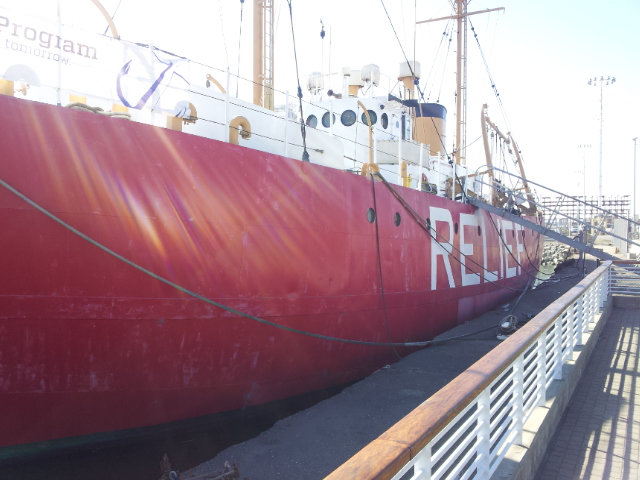psneeld
Guru
psneeld,
The trouble is I cannot find much info on how anchors work in mud- lots, if not endless stuff, on anchors in harder bottoms - but mud (and weed) appears to be something that has been ignored - though Chris (ranger 42c) seems to suggest its not very nice to work with. So maybe anchor makers do not like to get their hands dirty - or maybe their products do not work. So, personally, I find it refreshing that Fortress have bit the bullet (chartered the wash down hoses) and might be filling a gap in our knowledge base. I hope I can see through any hype and from the content I read on this forum - I think most will also point out sensibly and with reason anything that smacks of 'spin'.
The word mud doesn't really mean much...some apply the term to a variety of seabeds that go from a consistency of thick soup to something resembling modeling clay.
There are many more scientific descriptors of bottom material and the real problem is often in an anchorage you can have several types and even different layers.
For me...I know most anchors don't hold great in deep soupy mud...so if I think that's what the majority of the bottom is like I either leave or have a hunch the conditions really won't be tested to its fullest.
Either way I'm not basing my anchor on how it holds in mud and more than basing how well it does in sand.
I'm basing my anchor on 2 things..If I have to drop it in an emergency shutdown situation...it has to set and hold quickly in reasonable situations...in mud, weed, sand, oysters etc...etc...I may not have the luxury of pulling it up and clearing the oysters or clam shells or weed from it.
The second is that it need to work OK in a variety of seabeds. I don't base it on ultimate holding power (storm anchor) if I need storm holding power...I'll set a "storm anchor" or work something else out.
Being the best at ONE thing in your life, as a person or anchor by no means makes you top dog.

 You left out "pluff mud," (primarily in the SC low country) which I would define has three parts vacuum cleaner. It will suck your boots off.
You left out "pluff mud," (primarily in the SC low country) which I would define has three parts vacuum cleaner. It will suck your boots off.




